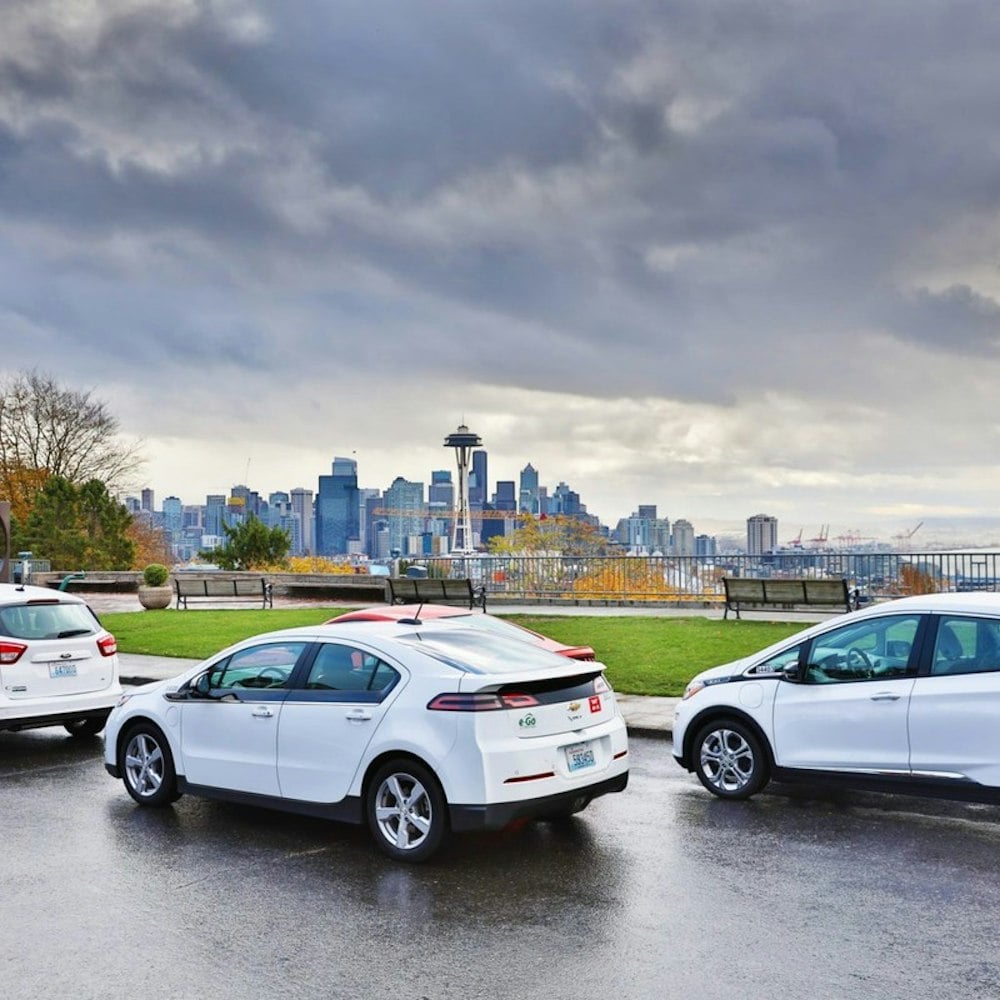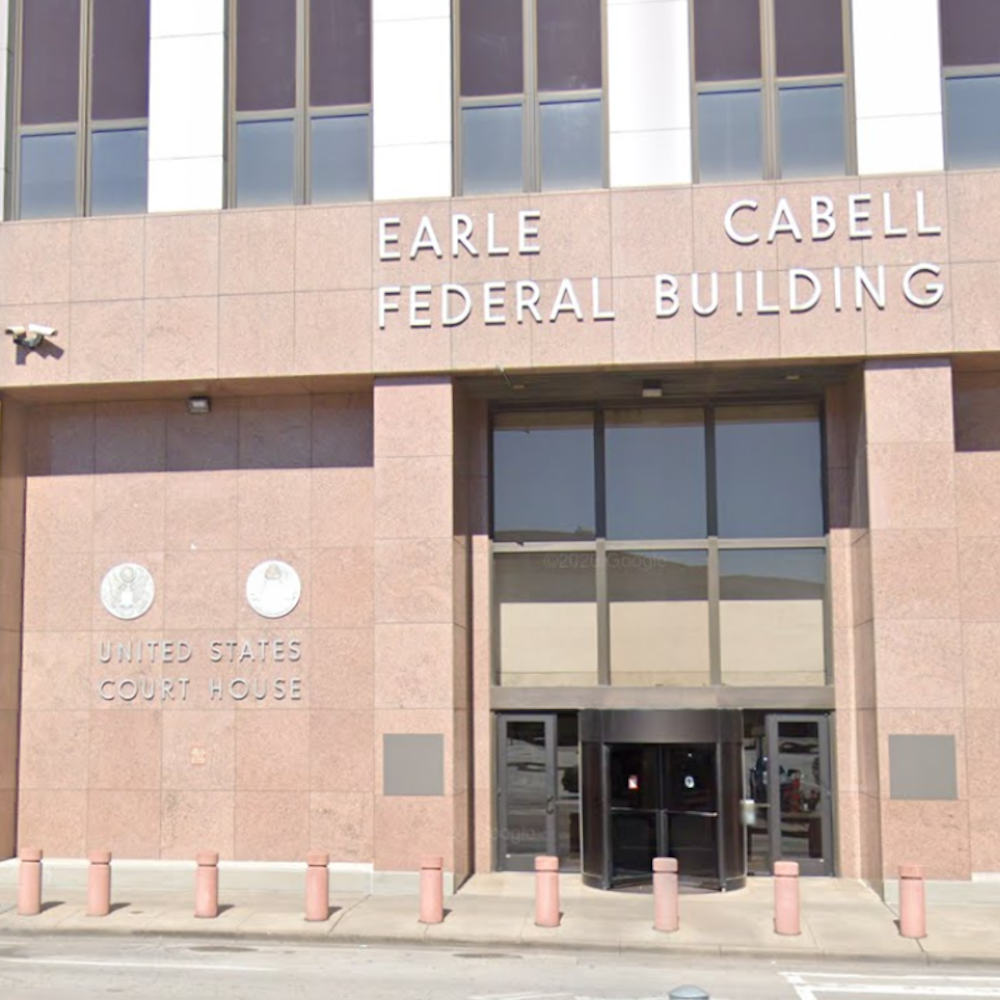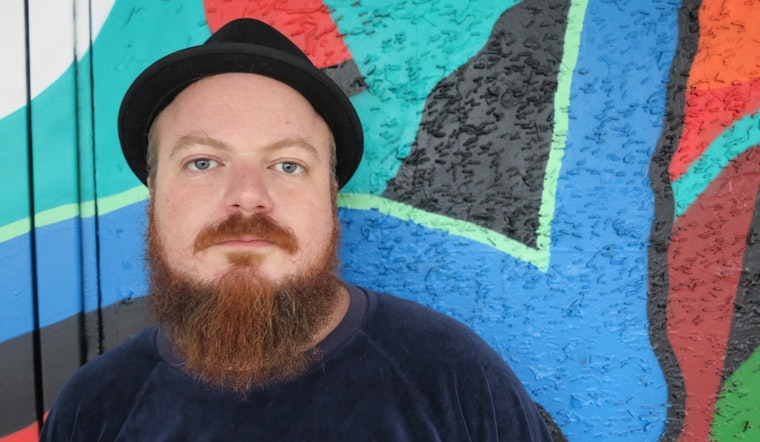
If you've ever been up too late in the Lower Haight, there's a good chance you were cutting a rug at Underground SF. A longtime bastion of the SF electronic music scene, the dark walls of the club (formerly The Top) still seem to resonate all the house and drum and bass grooves of years past.
We caught up with Underground SF's current owner, Steve Johnson, to chat about how he came to own the bar, keeping a music scene alive, and what's up with all the scaffolding outside.
Where are you from and how did you get here?
I grew up in south Texas, born and raised. I came out to San Francisco to finish college—that was in the summer of 2006. I studied political science, and I wanted to study in a place where things were happening, instead of a small college town, where you're learning out of a book without the experience.
What I always loved about San Francisco was the electronic community. Coming here and experiencing it ... from the day I got here, it was always something I was interested in. When I first moved here, I would look up events in the back of the SF Weekly—which is dating me, saying I used to look up events in the back of magazines—and I saw that Underground SF had a drum and bass night on Tuesdays, which I think is one of the longest-running drum and bass nights in San Francisco.
I wasn't familiar with the club as The Top, because when I moved to San Francisco, it was about a year after the name had changed, when a new owner took over.
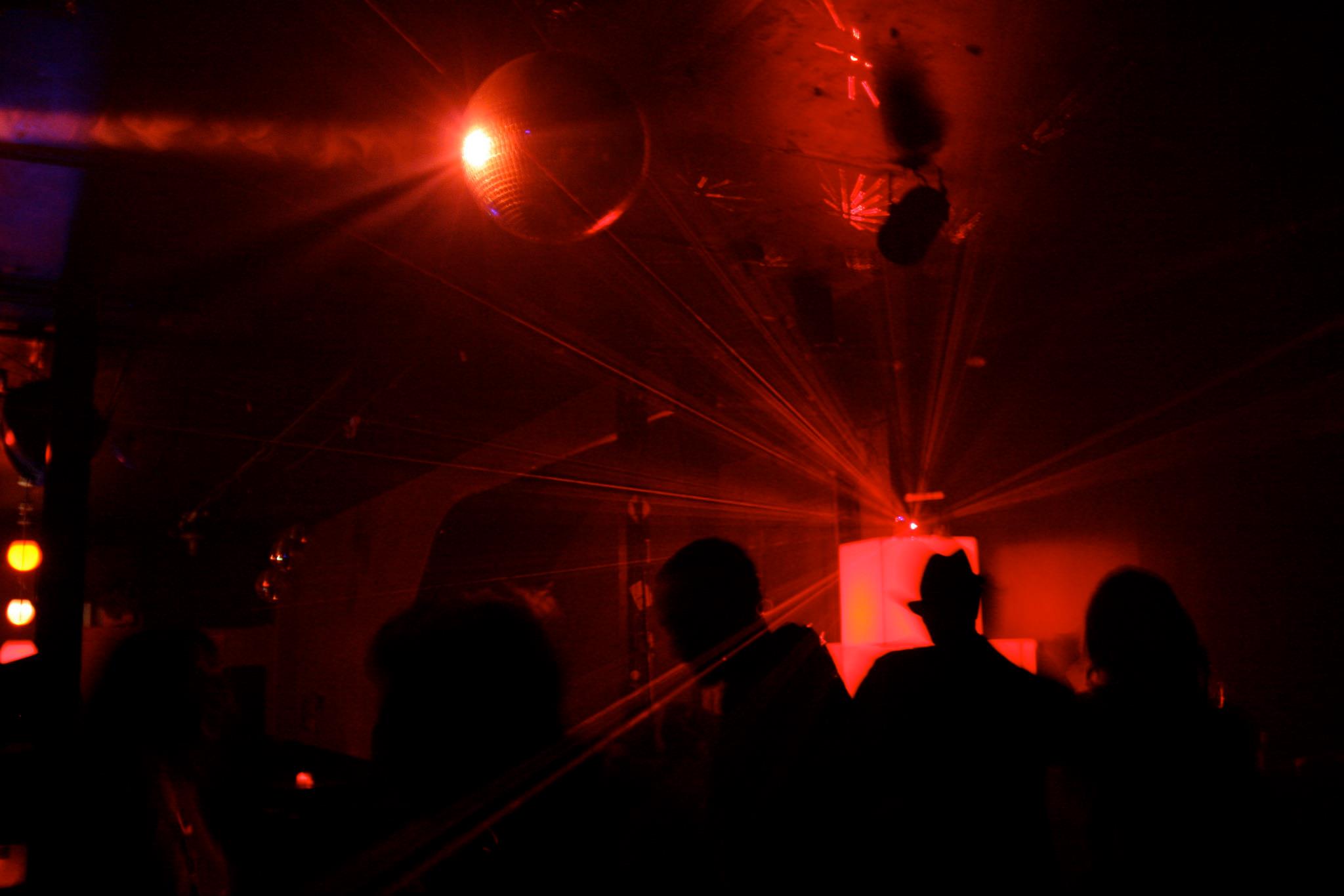
So you became familiar with Underground SF just by going to parties there?
Yeah, I went there on a Tuesday for the drum and bass night and I was like 'Holy shit, this place is awesome!' It felt like I was in Amsterdam, you know what I mean? I was coming from a place where there's not a community for electronic music, and going to one where you get to hear really hard UK drum and bass on a Tuesday night. That was pretty cool for a bright-eyed, bushy-tailed kid from a small town.
How did you ultimately come to own the bar?
I ended up going to that one party quite a bit, maybe for about six months or a year. Then I kind of stopped going, and the club just fell off my radar for a bit. I started going to clubs like Mighty and Triple Crown and 222 Hyde instead.
I was still studying politics, and I thought I was going to go law school. I applied to several schools around 2011, but I never was planning on being a fancy lawyer on top of a building. I really wanted to be a professor, and I wasn't offered admission to anywhere I wanted to go that would be good for a career in academia.
So I had to recalibrate my thinking, and owning a bar is something I had wanted to do since I was 15 years old. I had a little bit of money, and I qualified for a ferocious loan that was tough to get, but that I was happy to be approved for, and started looking for properties.
How did you end up settling on this spot?
Finding a mixed-use building with a bar with an existing hard liquor license is very rare in San Francisco. But this building came on the market. I rode over to [Underground SF] on my bike in the rain that day, and my realtor told me it was a real beater building. When I got there I was like, 'Holy shit, this is the first bar I ever fell in love with in San Francisco!' I was pretty wowed by that, as anybody would be.
I put in an offer, kind of went back and forth, and I ended up getting it. It was in the previous owner's best interest to sell the building and the business, especially since the nature of the business is quite loud, so it's hard on the tenants upstairs. I actually live on the middle level now, because it's my noise. It helps me keep an ear on my business and I can know what's going on down there at all times. I rent the top level out.
Moving to the Lower Haight was a dream come true. I wanted to move here for a long time, just because of its roots in electronic music, but also because of the untouchable vibe of this neighborhood.
What does it take to keep a music scene 'alive' today?
I think it takes a mixture of a couple of things. Authenticity is one of the first things that comes to mind when you say that. To 'keep something alive' is to continue to sell people on something, to some degree, and whether that's a good time or an experience or a vibe, it needs to be authentic. You need to have a community that appreciates what it is you're trying to purvey.
A really good example is the drum and bass scene. It's hard to get people to come out to drum and bass parties. We still do that same party that got me coming to this club, and it's slow, it doesn't make a ton of money. But it does something for the cultural fabric. The fact that we still have that party there means there's a home for it. Creating a home for something allows it to foster, and if it's authentic, people will come.
Toughing it out when other people give up is another thing that you really have to be willing to do. And you have to have your finger on the pulse of what's in flux, and what's on its way out.
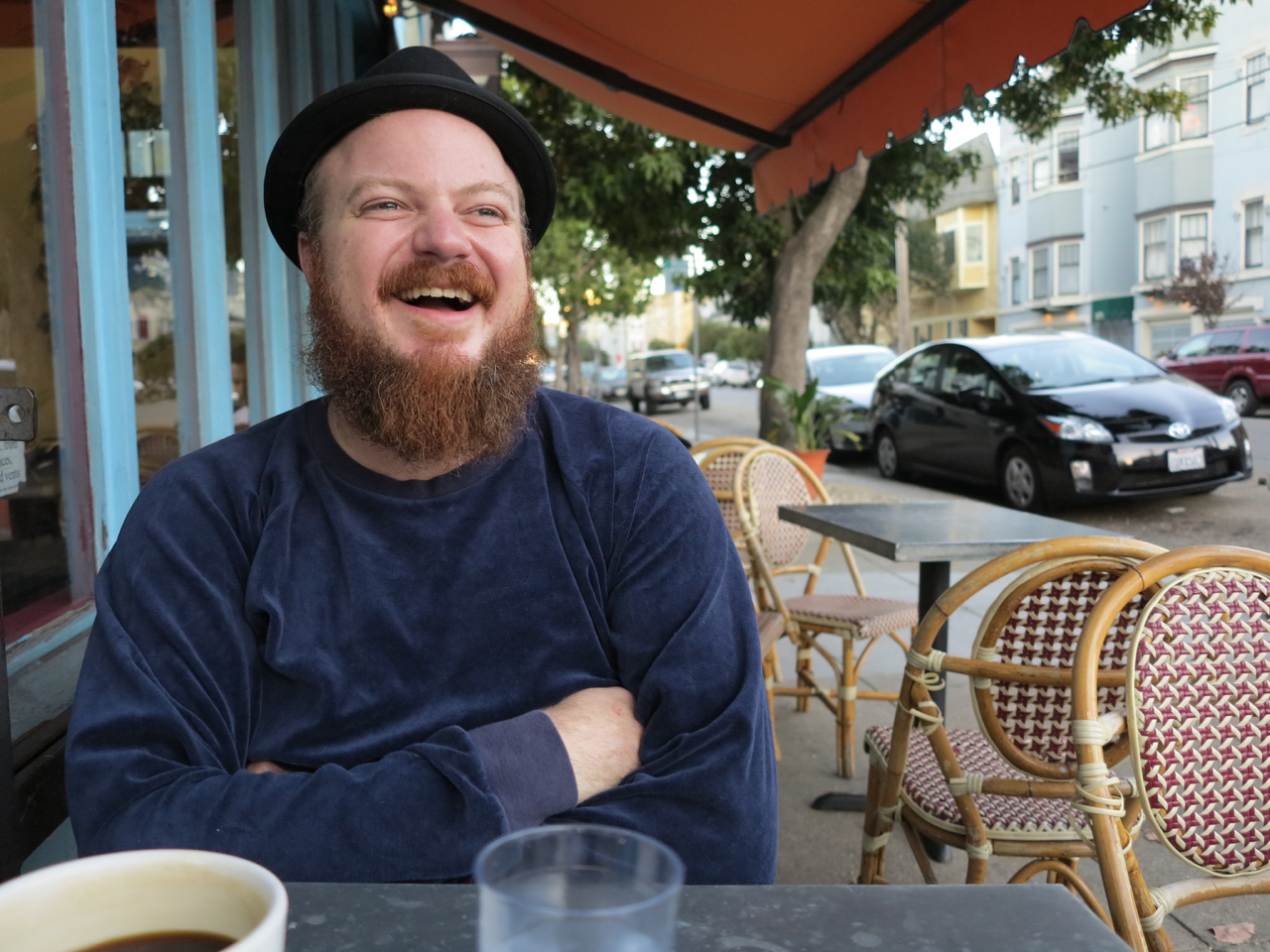
What's the state of electronic music right now, and where is it headed?
That's a big question. I think right now, and over the past five years, it's been securely rooted in a deep house moment. That's the genre that San Francisco is purveying the most of and the best. We also have a techno scene and a tech house scene that's on par with that.
In terms of where it's going, I think it's getting harder. San Francisco and Berlin have such a sister city vibe—politically, idealistically, musically—and I see San Francisco, more and more, embracing a hard techno vibe. So I see things going further in that direction.
There's currently lots of scaffolding and stuff in front of the bar and the entire building. What's going on there?
The building is quite old. It's a 110-year-old building, and when I bought it, it wasn't in the best condition. So the past five years of my ownership have very much been a work in progress, in terms of getting the building improved.
The first thing I did when I bought it is I improved the inside—I fixed the inside before I fixed the outside. Right now, it's being painted, because once the paint starts to get too dry, it's unsafe. It's less fire-retardant if a building next door to you gets caught on fire, and that's why we're on top of it right now, so it doesn't get to that point.
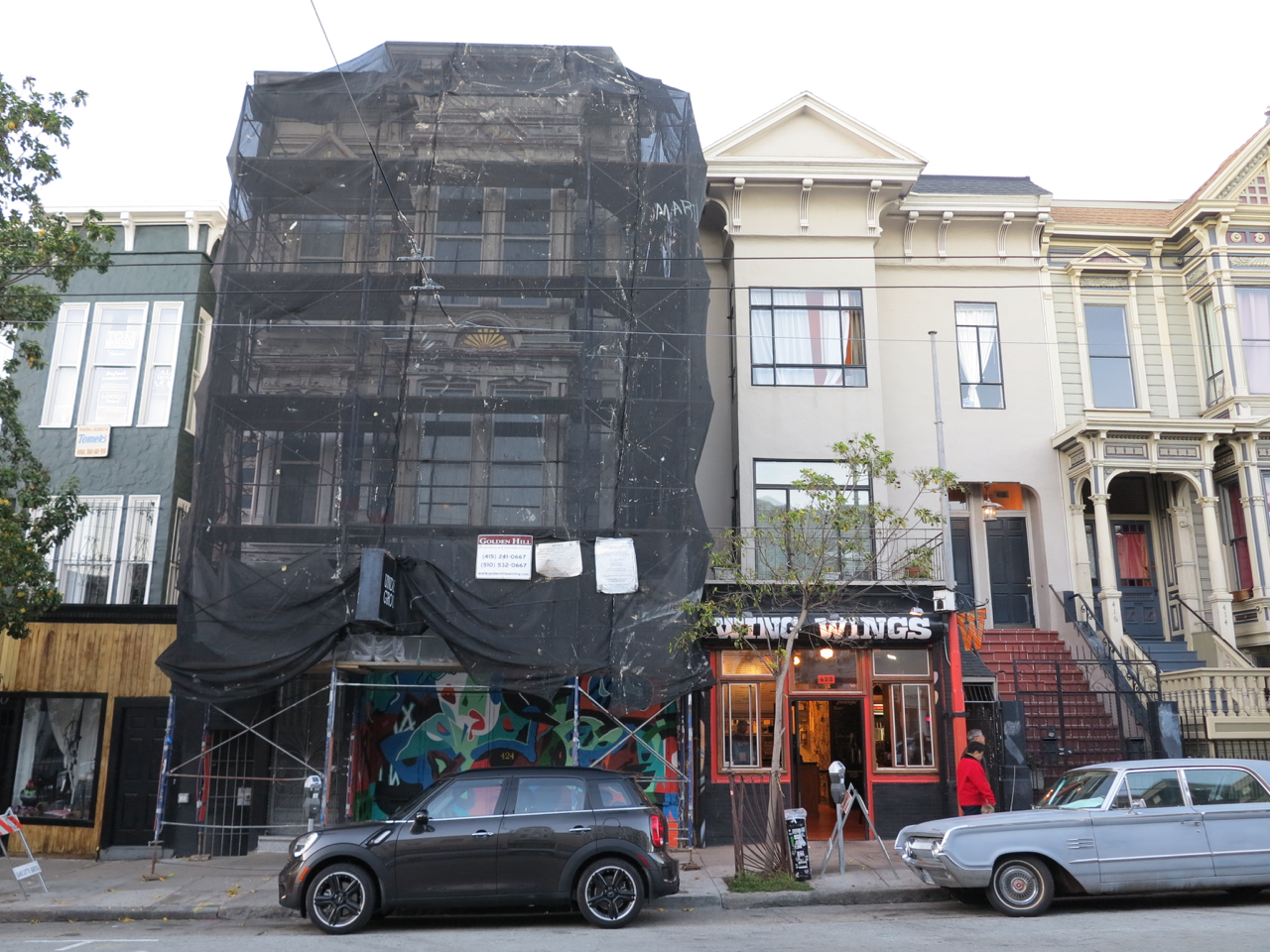
Will there be any changes to the inside of the venue?
As far as the inside, it's always been a work in progress. What's great about that club is that it hasn't changed in so long, so I'm always really hesitant to make changes. The first thing I did was put in a new sound system, which was an easy choice for me. Tearing out seats or changing the arrangement of things ... that takes me longer to mull over.
There are some planned improvements, but one of the things I am planning to do, and something I've wanted to see for that club in that neighborhood, is to reinvent the daytime house music scene. I'd love to see the club open during the day more.
What do you love most about what you do?
I love people. I'm not behind my bar as much anymore, but I do enjoy bartending, and my staff loves working with me much more than they do alone. Being behind the bar and being connected with it is probably the thing I love about it the most.
I am so blessed to do for work what I would otherwise be doing for fun, and there's not a day that goes by where I don't appreciate that.








